Clear All
CHALK CHROMATOGRAPHY WORKING MODEL
Sale!6%
SCIENCE LAB EQUIPMENT WORKING MODEL / SCIENCE EXHIBITION WORKING MODEL
Original price was: ₹1,200.00.₹1,125.00Current price is: ₹1,125.00.
5 in stock
Description
Additional information
Reviews (0)
Q & A
CHALK CHROMATOGRAPHY
Chalk chromatography is a simple and fun experiment that demonstrates the separation of pigments present in colored chalk. Here’s how you can perform chalk chromatography:
**Materials Needed:**
1. Colored chalk (different colors)
2. Filter paper or coffee filter
3. Small cups or containers
4. Scissors
5. Pencil or tape
6. Water
7. Optional: Rubbing alcohol, markers, ruler
**Procedure:**
1. **Preparation:**
– Cut the filter paper or coffee filter into strips, each about 2-3 cm wide and 10-15 cm long.
– Prepare your chalk by scraping off a small amount of pigment from each color using a knife or scissors. Alternatively, you can use a mortar and pestle to grind the chalk into powder.
– Label each strip of filter paper with the color of chalk you will be testing. You can use a pencil or tape to mark the strips.
2. **Application of Pigments:**
– Place a small amount of each color of chalk pigment near the bottom edge of the labeled filter paper strip. Make sure the pigments are spaced apart from each other.
– You can also use markers to draw a line with each color of chalk on the filter paper strip.
3. **Development of Chromatogram:**
– Pour a small amount of water into the bottom of the cups or containers, enough to cover the bottom.
– Hang each filter paper strip vertically in the cup so that the bottom edge just touches the water. Make sure the pigmented area is above the waterline.
– Allow the water to move up the filter paper through capillary action. As the water travels up the paper, it carries the pigments along with it.
– You may observe the separation of pigments as different colors migrate at different rates along the filter paper. This separation occurs because each pigment has different solubility in water and interacts differently with the filter paper.
4. **Observation:**
– Observe the filter paper strips as the water moves up and separates the pigments. You may notice distinct bands of color forming on the paper.
– Once the water has nearly reached the top of the filter paper, remove the strip from the cup and let it dry completely.
5. **Optional:**
– You can repeat the experiment using rubbing alcohol instead of water to see if different solvents affect pigment separation differently.
– You can also compare the results obtained with chalk pigments to those obtained with other colored materials, such as markers or food dyes.
Chalk chromatography is a simple and educational experiment that introduces concepts of chromatography, solubility, and pigment separation. It’s a great hands-on activity for students and science enthusiasts of all ages.
Chalk chromatography is a simple and accessible method for separating and analyzing the components of a mixture. It is commonly used in educational settings to demonstrate chromatographic principles and can also be a useful tool for scientific inquiry and experimentation.
| Weight | 0.5 kg |
|---|---|
| Dimensions | 25 × 25 × 5 cm |
You must be logged in to post a review.
Q & A
Ask a question
There are no questions yet
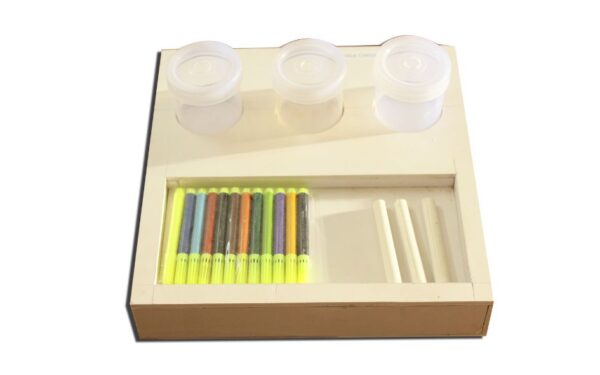
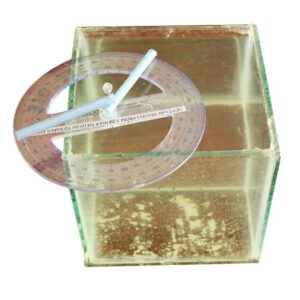
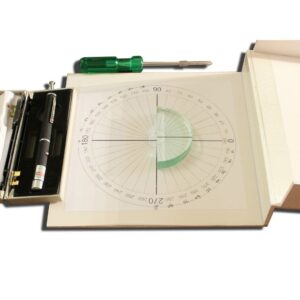
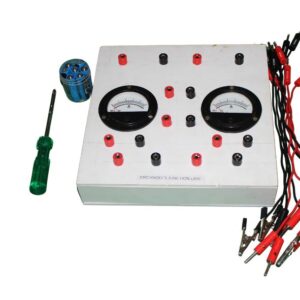
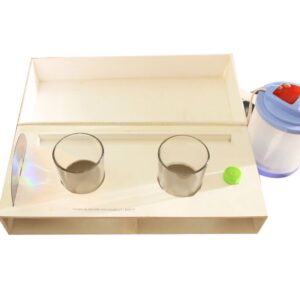

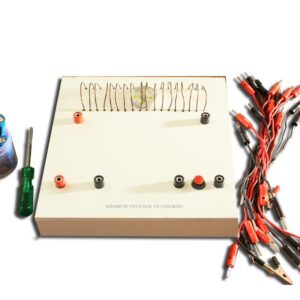
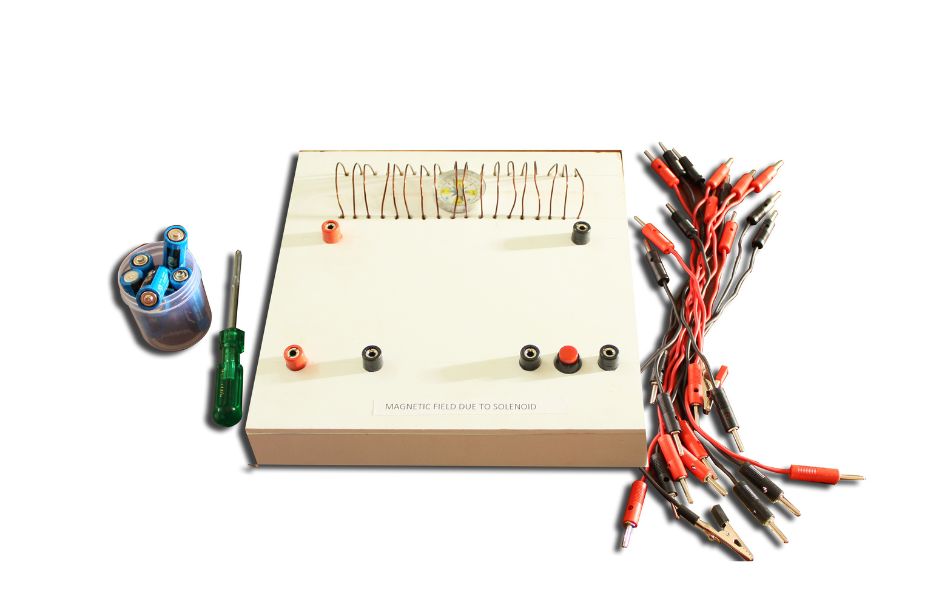
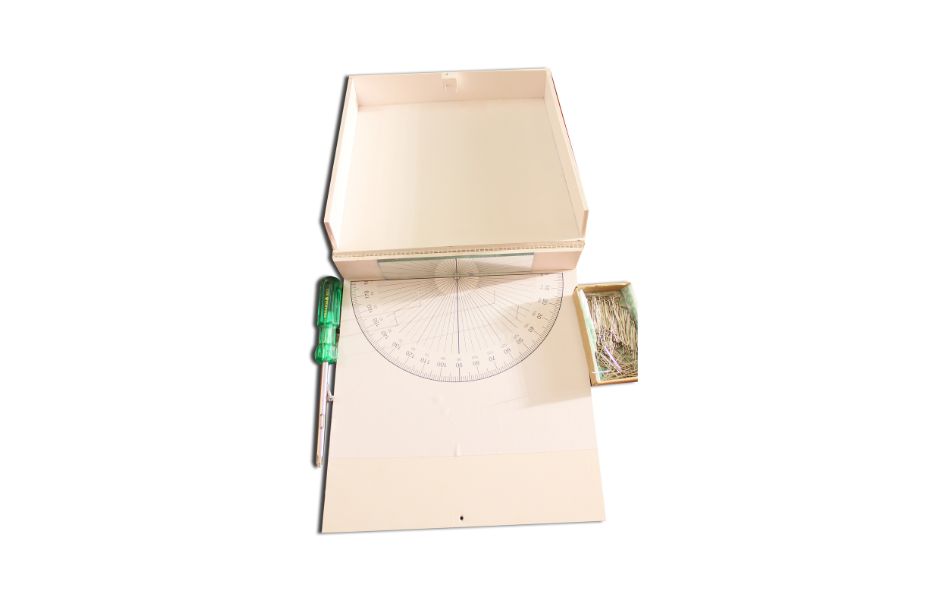
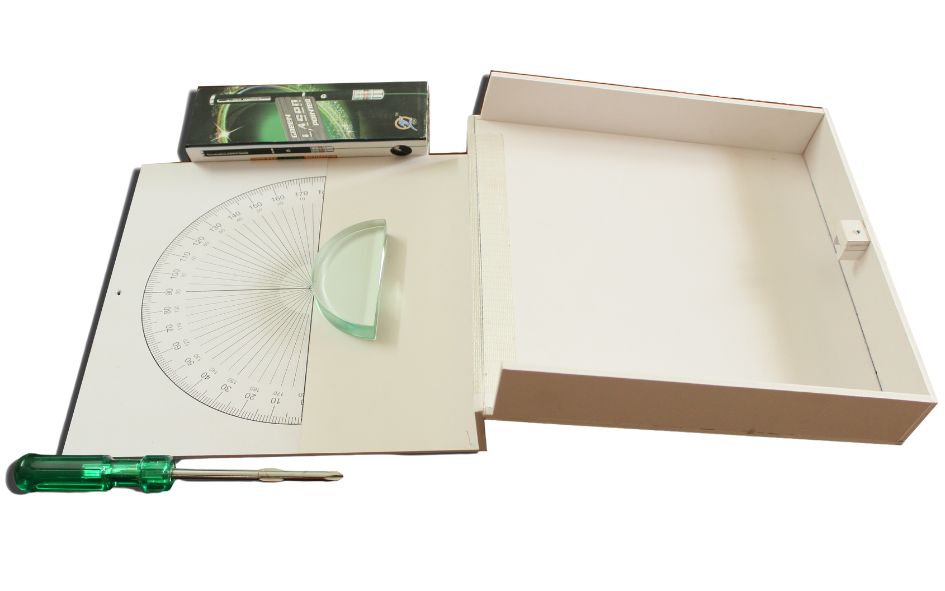
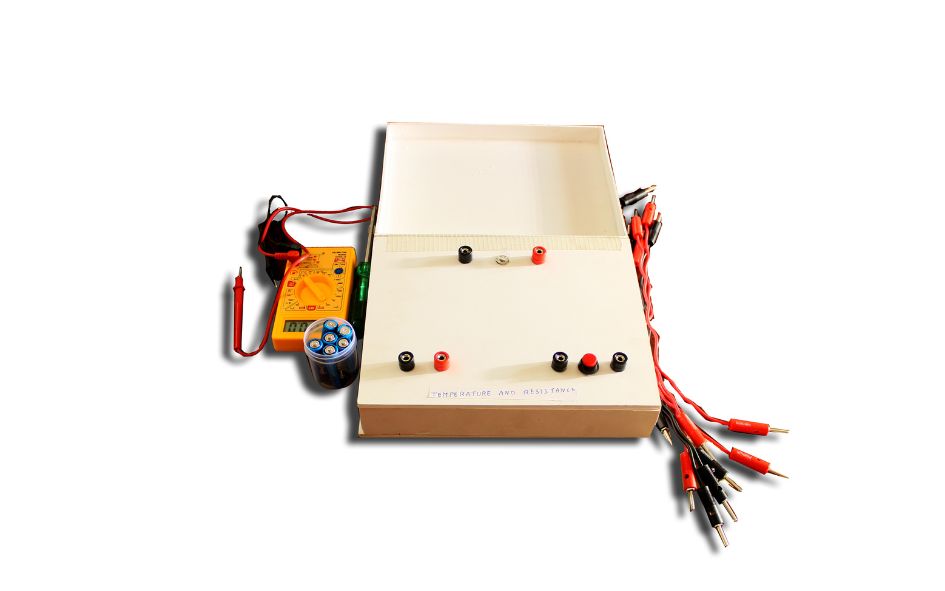
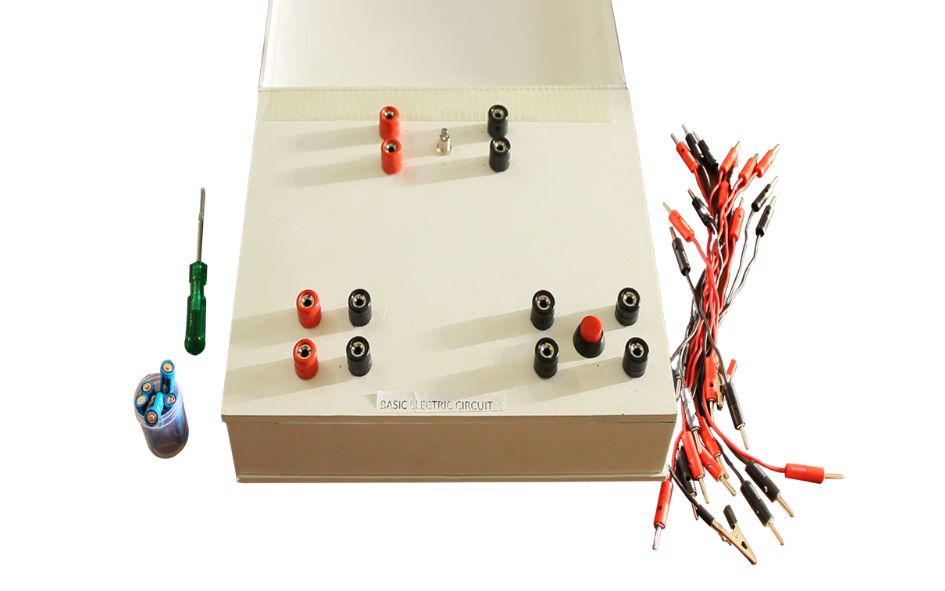
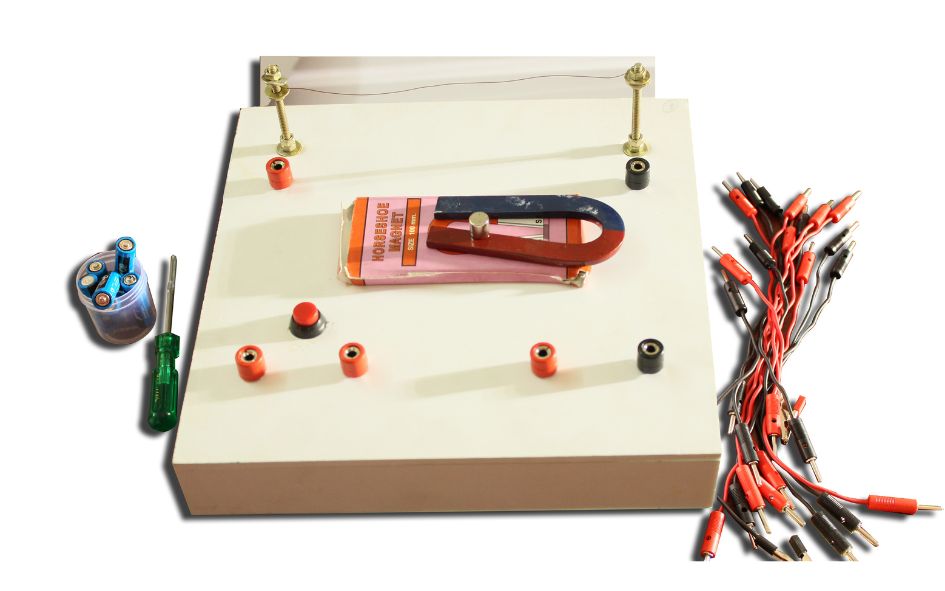
Reviews
There are no reviews yet